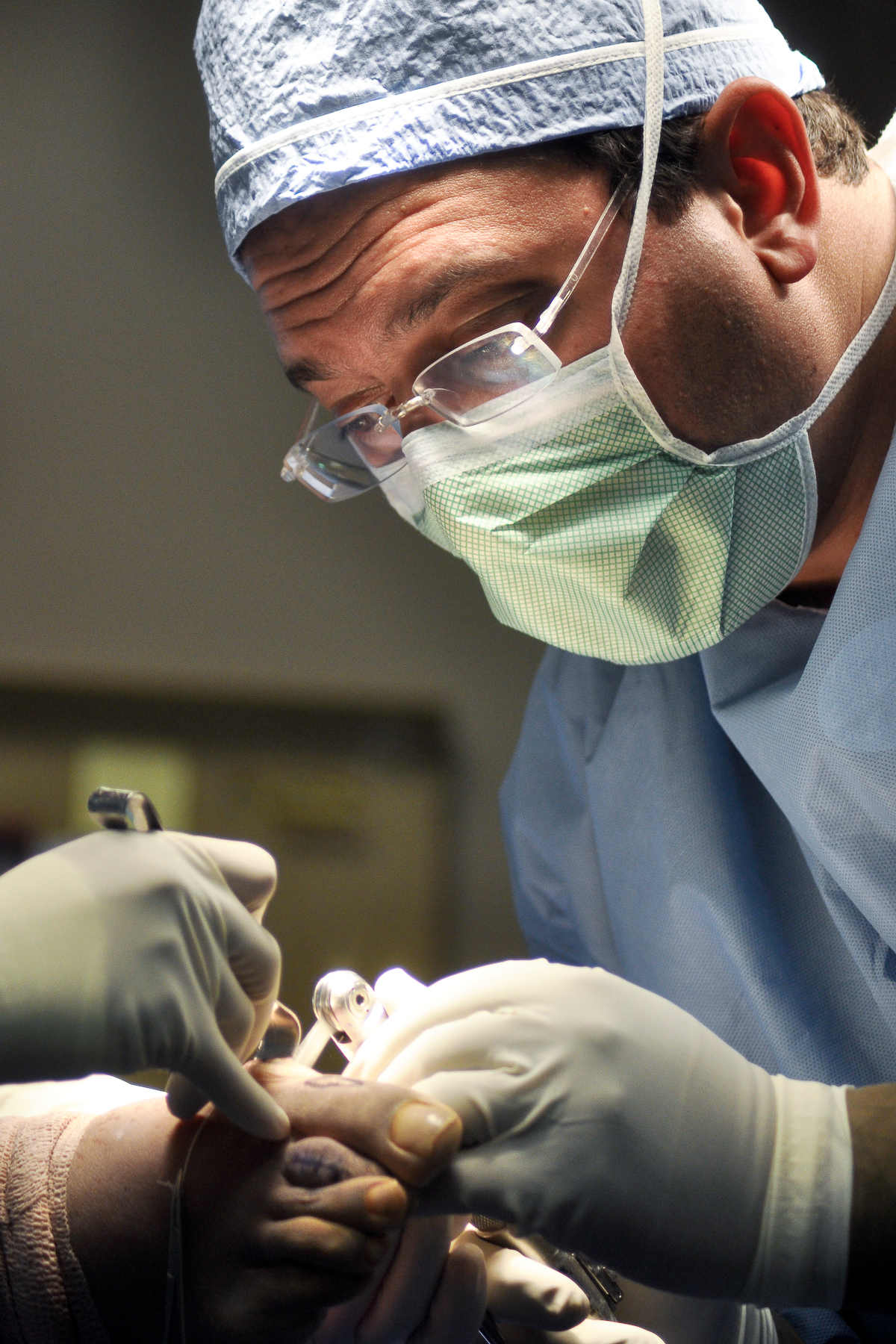Despite many years of educating our patients about the different types of health services that podiatrists provide, we still are constantly amazed by the low level of knowledge amongst the community and other health professions about what does a podiatrist do.
To answer to this question, its important to understand the evolution of the podiatry profession across the globe. In the middle ages in Europe, certain professional trade and craft guild health care groups emerged in a semi-organised fashion. Amongst these were the ‘barber-surgeons’, the “tooth-pullers’ and the ‘corn-cutters’. As time went by, more formalised professional boundaries developed with growing education, and these groups became better known as ‘surgeons’, ‘dentists’ and ‘chiropodists’ respectively. Amongst the earliest chiropodists was Lewis Durlacher, who practiced in London in the mid- 1800’s. He became well known as the ‘chiropodist-surgeon‘ for Queen Victoria, King George IV and King William IV.
At the same time over in the newly formed United States of America, chiropodists had also become increasingly commonplace. Their skills were highly regarded, and even President Abraham Lincoln (who suffered from foot problems himself) relied on his trusted chiropodist Dr Isachar Zacharie as a confidant and emissary during the American Civil War.
By the 20th century, US chiropodists determined to change of the name of their profession to ‘podiatry’ to avoid confusion with chiropractors, and also because many felt it was more etymologically correct. Advances in political recognition of the US podiatry profession lead to the ability for podiatrists to begin prescribing narcotic analgesics as early as the 1940’s, and to undertake invasive bone and joint surgical procedures soon after. By the late 1960’s US podiatrists undertook graduate school doctoral level studies in order to quality for entry into the profession.
By contrast, in the UK and Commonwealth countries such as Australia, New Zealand and Canada, chiropody gained less political influence, and fared little better with raising its educational standards. By the late 1960’s and early 1970’s, Australian chiropodists began to migrate to the term of podiatrist, emulating the US approach, which was eventually made law in various state Podiatrists’ Registration Acts.
By the 1980’s in Australia and other Commonwealth countries, podiatry education had moved into universities with Bachelor degrees in podiatry becoming standard in most countries. With this improved education, graduating podiatrists received more education in areas such as surgery and pharmacology, leading to some jurisdictions allowing limited drug prescribing activities and the emergence of podiatric surgery as a specialist branch of the profession.
As of 2013, podiatry education in Australia is moving towards graduate degree level training, such as the newly developed Doctor of Podiatric Medicine program at the University of Western Australia.

A podiatrist undertaking surgery on the foot
In terms of scope of practice for podiatrists, a lot has changed from the time of the middle ages and the role of the ‘corn-cutter’. Whilst removing corns and calluses is still part of the scope of modern podiatric medicine, there is a much greater emphasis on now on providing a full suite of diagnostic and treatment for all types of foot and ankle conditions – not just disorders of the skin and nails. This extended to prescribing medications (eg antibioitics, injections etc), through to ordering sophisticated imaging tests like MRI scans, and the role of specialist podiatric surgeons who can provide reconstructive foot and ankle surgery.






